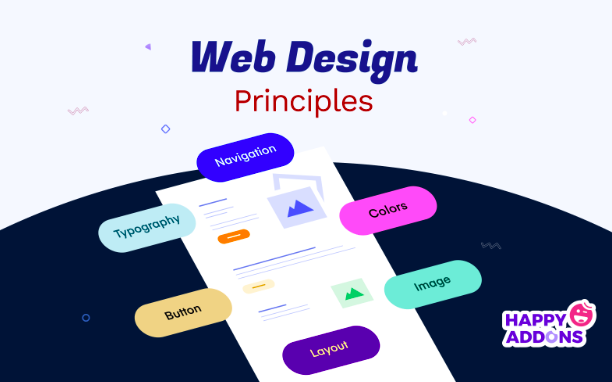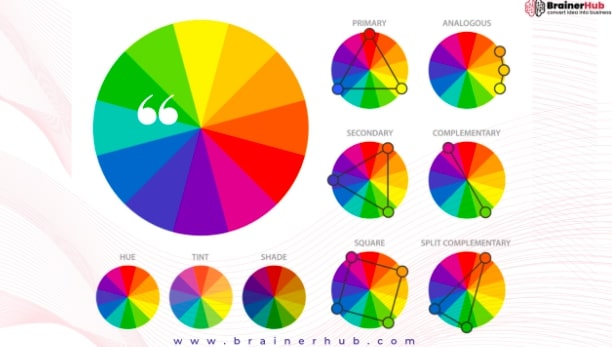Web design is a crucial aspect of creating a successful online presence. In today’s digital age, a well-designed website can make all the difference between engaging users and losing potential customers. As a web designer understanding and applying fundamental design principles can help you create visually appealing, user-friendly, and effective websites. In this article, we’ll explore ten essential web design principles that every designer should know.
1. Simplicity and Minimalism
One of the most critical design principles is simplicity. A clean and minimalistic design allows users to focus on the essential elements of a website without feeling overwhelmed. Avoid clutter and excessive visual elements that can distract visitors from the main content and objectives. Strive for a balanced layout with plenty of white space to create a sense of clarity and elegance.
2. Consistency
Consistency is key to a successful web design. Maintain a cohesive visual style throughout the website by using consistent colors, fonts, and layout elements. A consistent user experience will make navigating the site more intuitive and comfortable for visitors.
3. Responsive Design
In the era of mobile devices, responsive design is a must. Ensure your website adapts seamlessly to different screen sizes and devices, such as smartphones, tablets, and desktops. A responsive design improves user experience and can positively impact search engine rankings. This is successfully shown on Crystaylor Creative’s website, with fluid animations and clear call-to-actions.
4. Navigation
Intuitive navigation is crucial for guiding users through your website efficiently. Implement a clear and organized navigation menu, making sure it’s easily accessible and user-friendly. Users should find what they’re looking for without unnecessary clicks or confusion.
5. Visual Hierarchy
Establishing a visual hierarchy helps prioritize content and guide users’ attention. Use size, color, contrast, and positioning to emphasize important elements, making it easier for users to scan and understand the information on the page.
6. Typography
Typography plays a significant role in web design. Choose fonts that are easy to read and complement the overall design aesthetic. Use font sizes and styles strategically to create emphasis and convey different types of content effectively.
7. Color Theory
Understanding color theory is essential for creating a harmonious and visually appealing website. Choose a color scheme that aligns with the brand and evokes the desired emotions in users. Utilize colors to differentiate elements, highlight calls to action, and establish an emotional connection with the audience.
8. Loading Speed
In a fast-paced digital world, loading speed is critical. Optimize images, minimize HTTP requests, and utilize caching techniques to ensure your website loads quickly. Slow loading times can lead to user frustration and high bounce rates.
9. Accessibility
Web accessibility is a moral and legal obligation for designers. Ensure your website is accessible to all users, including those with disabilities. Implement proper alt tags for images, provide text alternatives for non-text content, and use semantic HTML elements for improved screen reader compatibility.
10. Call-to-Action (CTA)
An effective web design includes well-placed and visually prominent call-to-action buttons. CTAs prompt users to take specific actions, such as signing up for a newsletter, making a purchase, or contacting the company. Use contrasting colors and persuasive language to make your CTAs stand out.
Final Takeaway
These ten web design principles lay the foundation for creating exceptional websites. By focusing on simplicity, consistency, responsiveness, navigation, visual hierarchy, typography, color theory, loading speed, accessibility, and strategically placed CTAs, designers can create engaging and user-friendly web experiences. Embracing these principles will not only enhance user satisfaction but also contribute to the success of businesses and brands in the digital realm. Remember, good web design is a combination of creativity, functionality, and understanding the needs of your audience.






